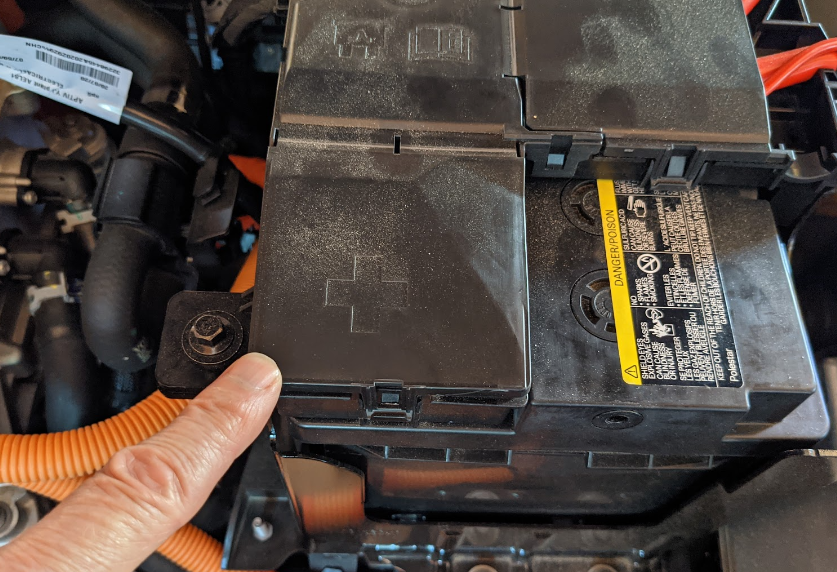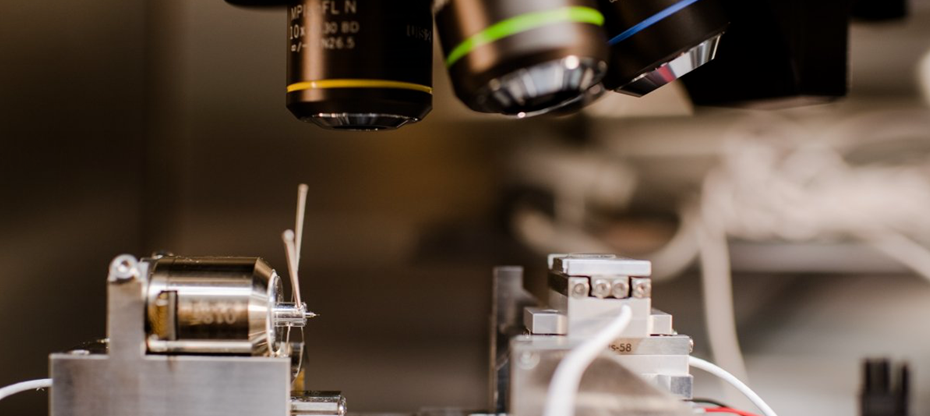Locomotive Starter Battery factory: The Power Source for Efficient Train Operations
Introduction
The locomotive starter battery is a vital component in the operation of trains. It provides the initial power required to start the locomotive engine and helps in the efficient operation of the train. In this article, we will discuss the importance of the locomotive starter battery, its components, types, and maintenance.
Importance of Locomotive Starter Battery
The locomotive starter battery plays a crucial role in the operation of trains. It provides the necessary power to start the engine and helps in powering the various electrical systems in the locomotive. Without a reliable starter battery, the train will not be able to start, and its operations will be disrupted.
Components of Locomotive Starter Battery
The locomotive starter battery comprises several components, including the battery casing, electrolyte, positive and negative plates, separators, and terminal posts. The battery casing is made of high-strength plastic or rubber material that protects the internal components from external damages. The electrolyte is a mixture of water and sulfuric acid, which provides the necessary chemical reaction for the battery\’s operation. The positive and negative plates are made of lead and lead oxide, respectively, and are immersed in the electrolyte. The separators are thin layers of material that prevent the positive and negative plates from touching each other. The terminal posts are the connections that allow the battery to be connected to the electrical system of the train.
Types of Locomotive Starter Battery
There are two main types of locomotive starter batteries, namely lead-acid and nickel-cadmium batteries. The lead-acid battery is the most common type and is used in most locomotive applications. It is relatively cheap and provides high power output. The nickel-cadmium battery, on the other hand, is more expensive but provides better performance and longer life span.

Maintenance of Locomotive Starter Battery
Proper maintenance of the locomotive starter battery is essential to ensure its longevity and reliability. The battery should be regularly checked for its voltage, specific gravity, and electrolyte level. The terminals should also be cleaned and tightened to ensure a firm connection. The battery should be charged regularly to prevent sulfation, which can damage the battery over time.
Conclusion
In conclusion, the locomotive starter battery is a critical component in the operation of trains. It provides the initial power required to start the engine and powers various electrical systems in the locomotive. Proper maintenance of the battery is essential to ensure its longevity and reliability. The lead-acid and nickel-cadmium batteries are the two main types of locomotive starter batteries available in the market.
-
 In the current new trend of green travel, low-speed electric vehicles have gradually become an ideal choice for urban travel due to their environmental protection and convenience. As the core power source of low-speed electric vehicles, lithium batteries have injected more vitality into this mode of travel with their efficient and safe new power characteristics. Lithium batteries not only have...Read more
In the current new trend of green travel, low-speed electric vehicles have gradually become an ideal choice for urban travel due to their environmental protection and convenience. As the core power source of low-speed electric vehicles, lithium batteries have injected more vitality into this mode of travel with their efficient and safe new power characteristics. Lithium batteries not only have...Read more -
 A Lifepo4 battery pack is a type of rechargeable battery that is designed to provide long-lasting power for a variety of applications. These batteries are known for their high energy density, low self-discharge rate, and long cycle life, making them an ideal choice for use in electric vehicles, home energy storage systems, and other industrial applications. One of the...Read more
A Lifepo4 battery pack is a type of rechargeable battery that is designed to provide long-lasting power for a variety of applications. These batteries are known for their high energy density, low self-discharge rate, and long cycle life, making them an ideal choice for use in electric vehicles, home energy storage systems, and other industrial applications. One of the...Read more -
 In recent years, the demand for efficient and reliable power storage solutions has been on the rise. The emergence of renewable energy sources and the increasing need for portable power supplies have led to the development of advanced battery technologies. One such technology is the high-capacity 12V LiFePO4 battery, which offers numerous advantages over traditional lead-acid batteries. This article aims...Read more
In recent years, the demand for efficient and reliable power storage solutions has been on the rise. The emergence of renewable energy sources and the increasing need for portable power supplies have led to the development of advanced battery technologies. One such technology is the high-capacity 12V LiFePO4 battery, which offers numerous advantages over traditional lead-acid batteries. This article aims...Read more -
 In recent years, the advancements in lithium battery technology have revolutionized various industries, and the medical field is no exception. Lithium batteries have become the power source of choice for a wide range of medical devices due to their high energy density, long life span, and lightweight design. This article explores how lithium battery technology has transformed the medical equipment...Read more
In recent years, the advancements in lithium battery technology have revolutionized various industries, and the medical field is no exception. Lithium batteries have become the power source of choice for a wide range of medical devices due to their high energy density, long life span, and lightweight design. This article explores how lithium battery technology has transformed the medical equipment...Read more -
 There is no doubt that lithium-ion automotive batteries play a critical role in the profound changes taking place in the automotive industry. As the core component of electric vehicles, it not only carries all the energy needed to drive the vehicle, but is also the key force driving the green and low-carbon transformation of the automotive industry. Today, let us...Read more
There is no doubt that lithium-ion automotive batteries play a critical role in the profound changes taking place in the automotive industry. As the core component of electric vehicles, it not only carries all the energy needed to drive the vehicle, but is also the key force driving the green and low-carbon transformation of the automotive industry. Today, let us...Read more -
 Introduction: Electric forklifts have gained popularity in recent years due to their environmental benefits, low operating costs, and improved efficiency. One of the key components that contribute to the efficient functioning of electric forklifts is the lithium battery. This article aims to explore the advantages of using lithium batteries in electric forklifts and how they enhance efficiency and performance. ...Read more
Introduction: Electric forklifts have gained popularity in recent years due to their environmental benefits, low operating costs, and improved efficiency. One of the key components that contribute to the efficient functioning of electric forklifts is the lithium battery. This article aims to explore the advantages of using lithium batteries in electric forklifts and how they enhance efficiency and performance. ...Read more -
 The 48V LiFePO4 battery is a type of rechargeable battery that has gained popularity due to its long-lasting performance and reliability. LiFePO4 stands for Lithium Iron Phosphate, which is the chemical composition of the battery's cathode material. This technology is becoming increasingly popular in various applications, including electric vehicles, solar energy storage, and backup power systems. In this article, we...Read more
The 48V LiFePO4 battery is a type of rechargeable battery that has gained popularity due to its long-lasting performance and reliability. LiFePO4 stands for Lithium Iron Phosphate, which is the chemical composition of the battery's cathode material. This technology is becoming increasingly popular in various applications, including electric vehicles, solar energy storage, and backup power systems. In this article, we...Read more

